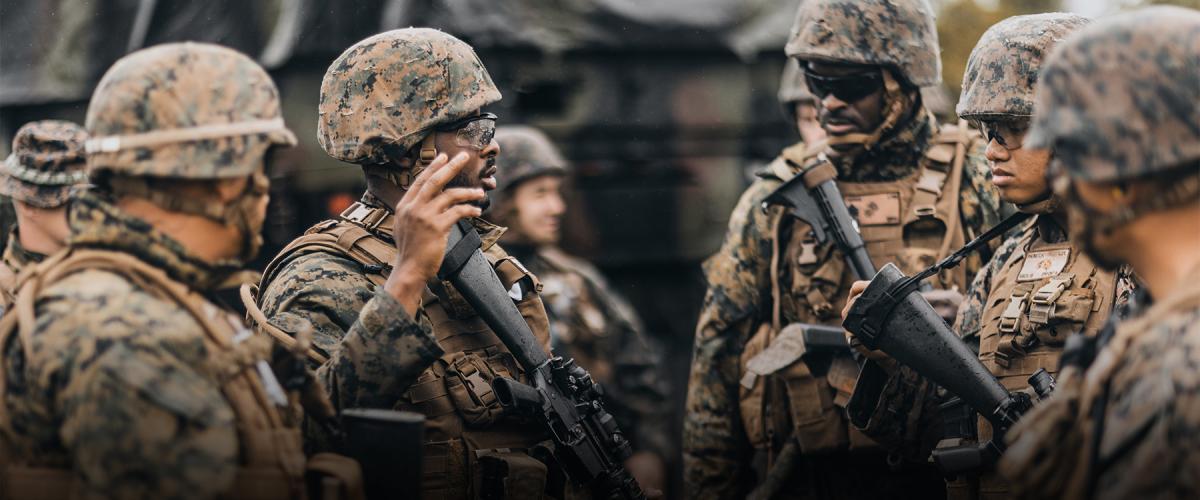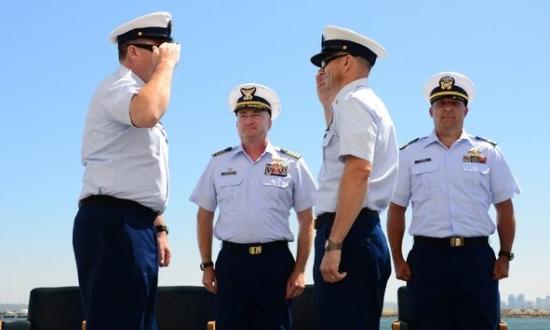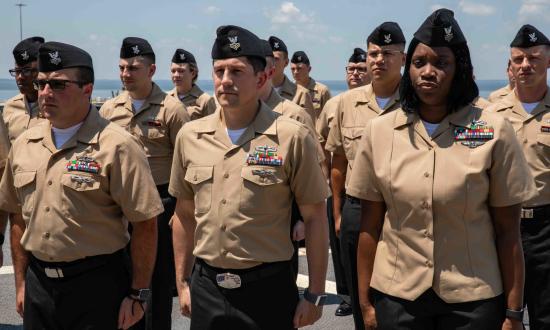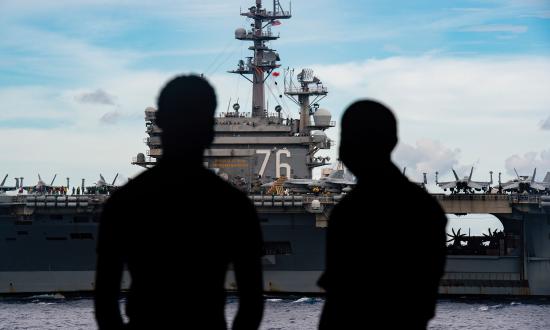In the past two years, there has been significant nationwide discussion of racial inequality and increasing support for promoting diversity and inclusion in the Sea Services.However well intentioned these efforts, the question the Sea Services should be asking is not how to better achieve diversity and inclusion, but whether doing so will make them better at fighting and winning wars. If instead of being a means to this end, diversity and inclusion become the ends themselves, the Sea Services risk losing sight of their primary purpose. Recruitment, retention, promotion, and selection for billets should consider competence and character exclusively.
To be clear, diversity is neither inherently good nor bad, provided there is equality of opportunity. The issue is prioritizing them for their own sake.
Prioritizing anything over combat effectiveness comes at great risk. Were the military to decide diversity and inclusion among its personnel were of primary importance, an unintended consequence might be recruiting or promoting less qualified people to achieve those ends. Officers, chiefs, and staff noncommissioned officers could lose confidence in themselves, wondering whether they were promoted because of their superior performance or to meet a diversity and inclusion goal. Junior enlisted sailors and Marines might wonder whether their superiors are truly the best among their peers.
Proponents of diversity and inclusion efforts often point to the disproportionate number of high-ranking white officers as an indicator of a larger problem, arguing that systemic racism or implicit bias is to blame. While these could indeed be contributing factors, a disparity in demographics in and of itself is not proof of deep-seated racism in the Navy or Marine Corps. Many authors have argued systemic racism exists, but they have not offered examples of racist policies or practices in the Navy, Marine Corps, or Department of Defense that have caused it.1
If systemic racism is occurring in the Sea Services, simply striving to achieve diversity and inclusion would treat only a symptom and not the problem. Instead, the services should conduct an investigation and implement administrative changes to eliminate any identified discriminatory policies or practices.
Still, this does not address whether promoting diversity and inclusion will make the Sea Services better at winning in combat. To date, there has been no research addressing this question. Before opening combat roles to women, the Marine Corps conducted an infantry integration experiment.2 Diversity initiatives should be similarly researched to determine how they affect combat performance. Until it can be shown that active measures to increase diversity and inclusion make the Sea Services better at fighting and winning wars, such measures should be tabled.
None of this is to say minority groups should be overlooked. Far from it. Doing so would deprive the Navy and Marine Corps of highly capable personnel. I have never cared about the ethnicity of my Marines or my superiors. I care about their physical fitness, technical and tactical proficiency, and soundness of character. Every sailor and Marine should evaluate others in the same way.
Sailors and Marines may have different opinions on how the Navy and Marine Corps can be better at serving the nation, but none would argue that combat efficacy should be sacrificed. This should always frame the way we read, write, think, and debate as we seek to remain the finest Navy and Marine Corps in the world.
1. See, for example, CPO Phillip Null, USCG, “The Lack of Diversity and Coast Guard Command,” U.S. Naval Institute Proceedings 147, no. 6 (June 2021); CDR Jada Johnson, USN, “We Don’t Need Conversations, We Need Systemic Change,” U.S. Naval Institute Proceedings 146, no. 9 (September 2020); and CDR Wolf Melbourne, USN, “The Navy and Racial Justice: What We Owe,” U.S. Naval Institute Proceedings 147, no. 7 (July 2021).
2. Hope Hodge Seck, “Mixed-Gender Teams Come Up Short in Marines’ Infantry Experiment,” Marine Corps Times, 10 September 2015. Although the mixed-gender units performed at lower levels than all-male units in combat-oriented tasks, the Marine Corps was required to open combat roles to women.







